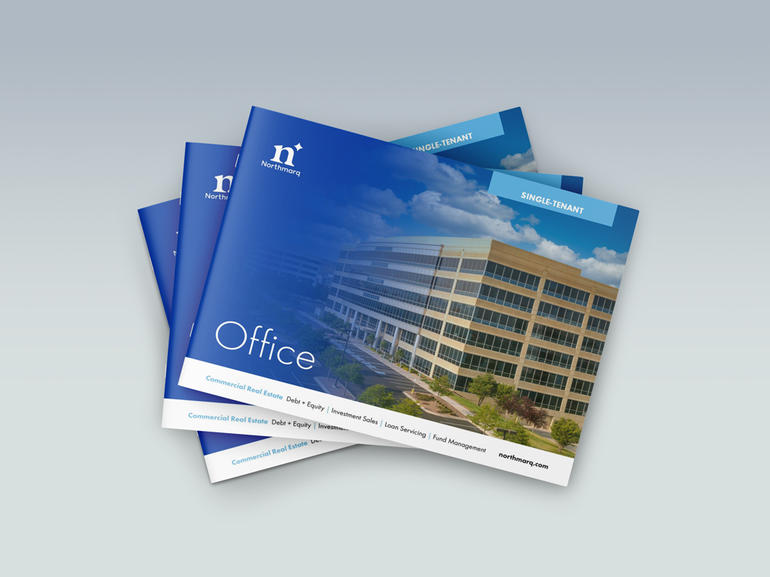MarketSnapshot: Single-Tenant Office
Q1 2025

The single-tenant office sector continued to grapple with significant challenges in first quarter 2025, as investor caution dampened transaction activity. Total sales volume fell to $1.8 billion, marking a 13% decline from fourth quarter 2024 and a dramatic 56.2% decrease year-over-year. This ongoing contraction reflects persistent headwinds in tenant demand, rising vacancies and sluggish corporate leasing activity.
Cap rates within the sector edged higher for the tenth consecutive quarter, averaging 7.21% at the close of first quarter 2025. However, the pace of cap rate expansion has slowed dramatically. When comparing the three-basis point increase reported in the most recent quarter to a 30-point rise in the nine months preceding, trends suggest the greatest volatility is now behind us.
Buyer distribution data highlighted a surprising shift in the profile of active participants in the single-tenant office sector. Institutional investors dominated early 2025 acquisitions, making up 43% of total buyers. Predictions in late 2024 called for this buyer segment to reduce their exposure to office space this year. Instead, we’ve seen institutional investors involved in both large and small transactions across the country – from small dialysis facilities to corporate campus sale leasebacks. Private buyers, with 31% of the sector’s market share, displayed strong engagement to start the year, while REITs were entirely absent, illustrating their heightened uncertainty and limited long-term confidence in the asset class.
Ongoing tenant downsizing and challenges in backfilling vacant spaces weigh heavily on investor sentiment. Many office properties are struggling to align lease terms with market demands, leading to extended periods of underperformance. To further complicate matters, billions in loans are set to mature in 2025, putting additional pressure on current owners.
Looking forward, the net lease office sector will require creative repositioning strategies to regain investor interest and stabilize leasing fundamentals. However, with macroeconomic uncertainties and persistent financing hurdles, near-term activity is expected to remain muted.
